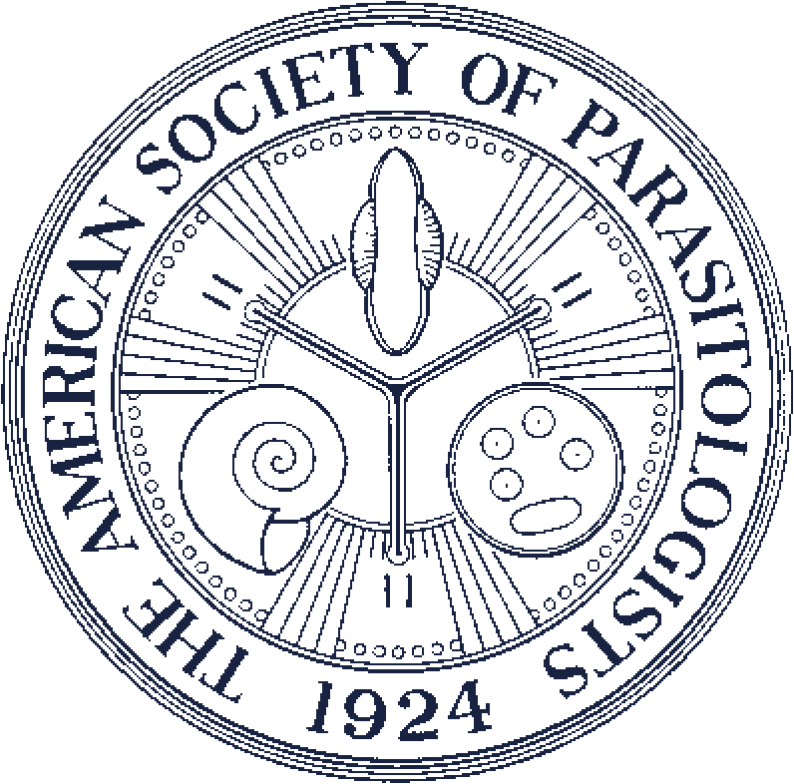A SURVEY OF ENDOHELMINTH DIVERSITY OF BIRDS COLLECTED IN THE SAN FRANCISCO BAY AREA
ABSTRACT
The helminth fauna of birds has been the focus of many parasitological studies, which illustrate the especially diverse nature of avian helminth communities. In this study, we investigated the species richness, identity, and abundance of helminth infections in 17 species of birds representing 6 orders from the San Francisco Bay Area of California. A total of 70 birds were provided by wildlife rehabilitation centers and hunting groups from 13 California counties. Helminths were identified morphologically to the lowest taxonomic level, and, whenever possible, trematode identifications were confirmed using large ribosomal subunit (28S) rDNA sequences. Eighty-seven percent of birds were infected with helminths, including 86% infected with nematodes, 36% with trematodes, and 16% with either cestodes or acanthocephalans. We identified 39 helminth taxa, including 15 nematodes, 15 trematodes, 5 cestodes, and 4 acanthocephalans, which resulted in 33 new geographic records and 22 new host records. Among the orders of birds dissected, the Anseriformes Wagler, 1831, supported the highest total richness of helminths (18 taxa), although the highest helminth richness values in individual host species were observed in Nycticorax nycticorax (black-crowned night heron) L., 1758, and Ardea herodias (great blue heron) L., 1758, both with 7 taxa. Nycticorax nycticorax was also infected with Ribeiroia ondatrae (Price, 1931), which represents a new definitive host record in the United States. Our results demonstrate the need to generate baseline helminth survey data, which can be used to help understand the knowledge gaps for parasite life cycles, as well as patterns of parasite distribution.

Map of the state of California. Counties highlighted in light grey indicate counties from which bird specimens in this project were collected from 2019 to 2023. Each county is titled and indicates the number (n) of specimens donated from each county.

Microscopic images of (A) Ribeiroia ondatrae from Nycticorax nycticorax, (B) Echinoparyphium ellisi from Aythya collaris, and (C) Australapatemon burti from Aythya collaris.

Microscopic images of (A) Dispharynx nasuta from Meleagris gallopavo, (B) Cloacotaenia megalops from Aythya collaris, and (C) Plagiorhynchus cylindraceus from Corvus brachyrhynchos.
Contributor Notes
